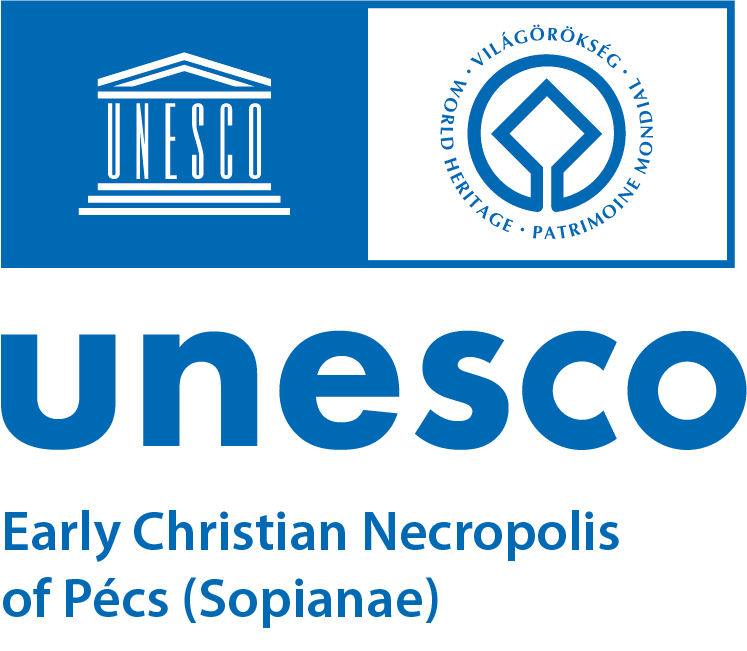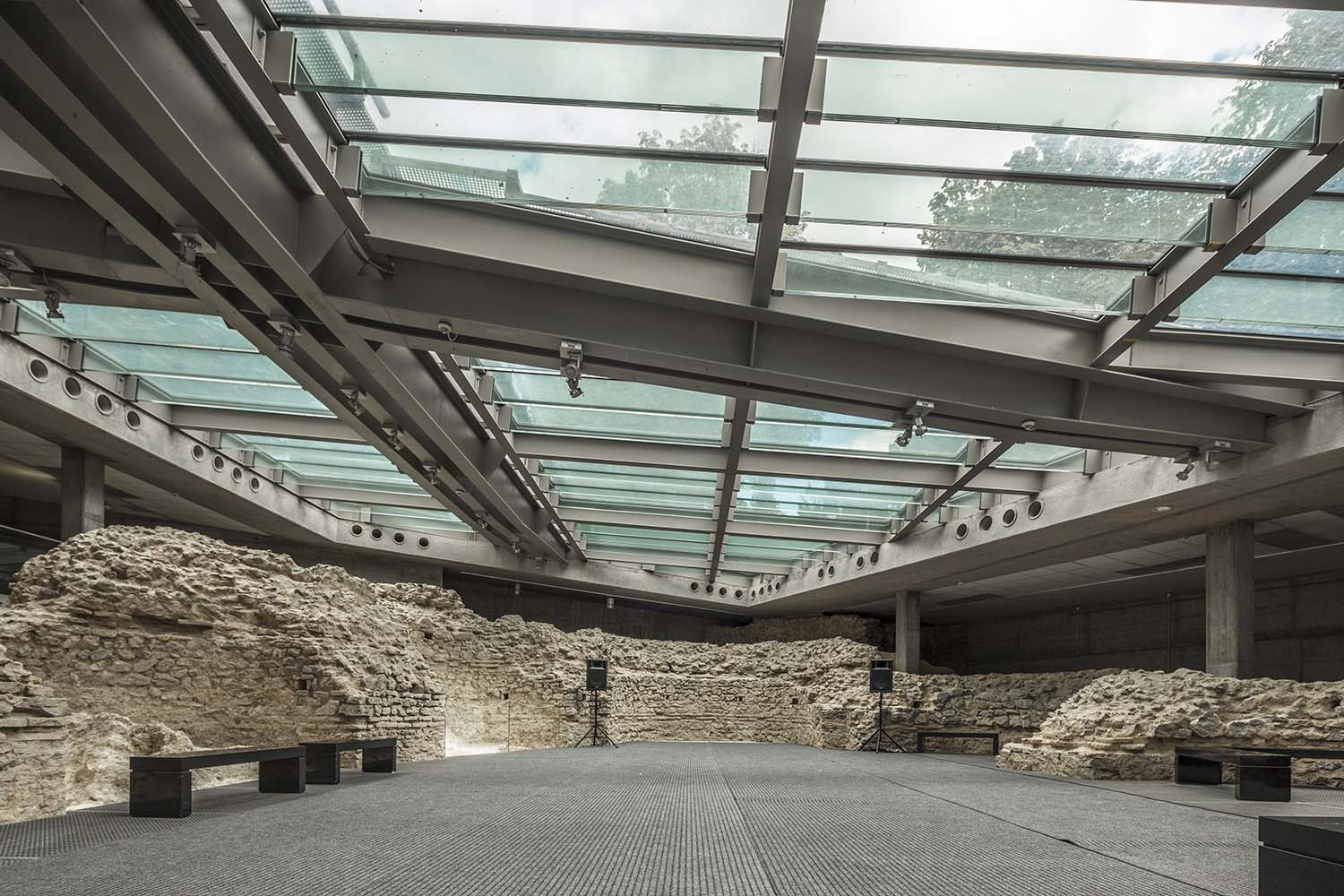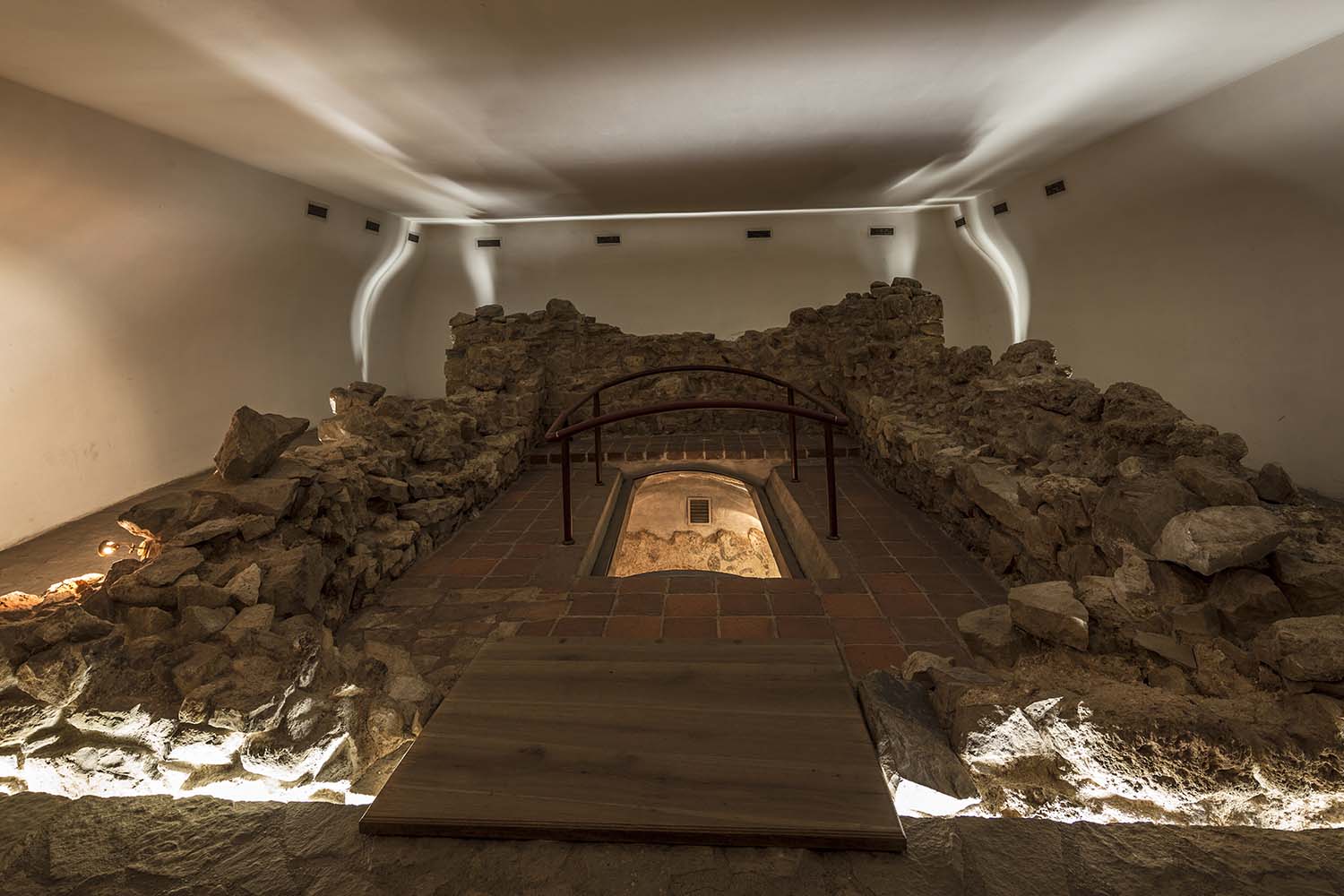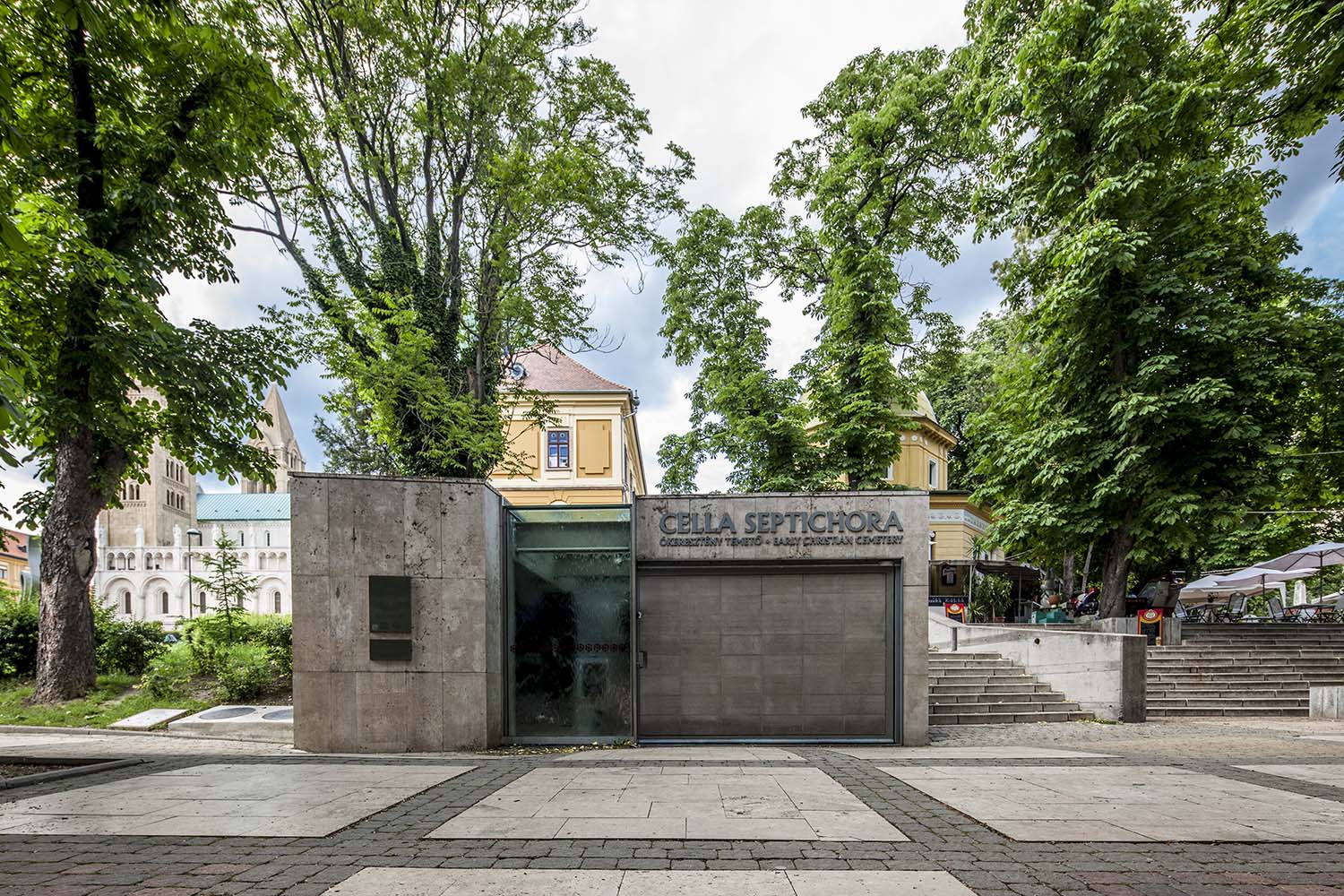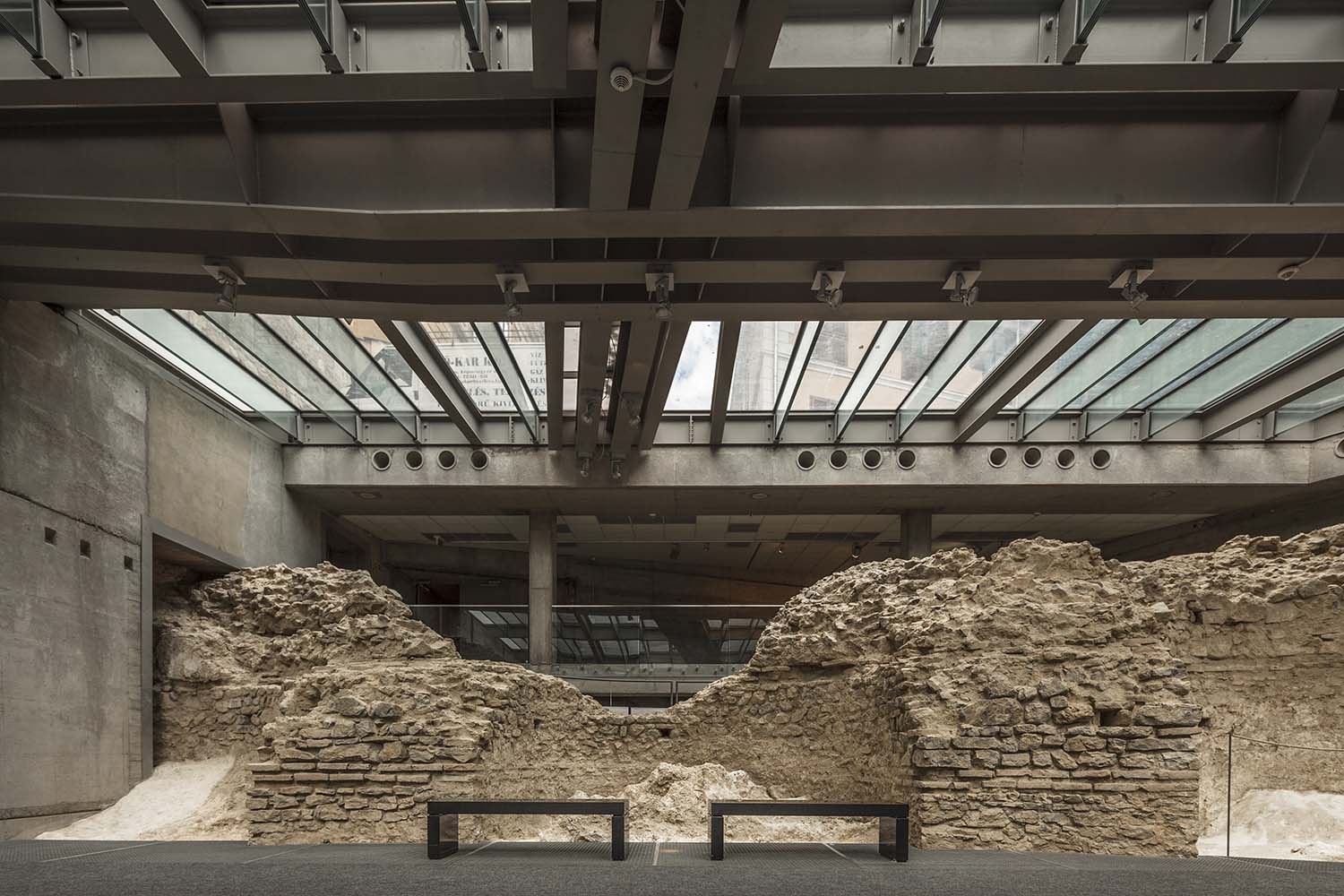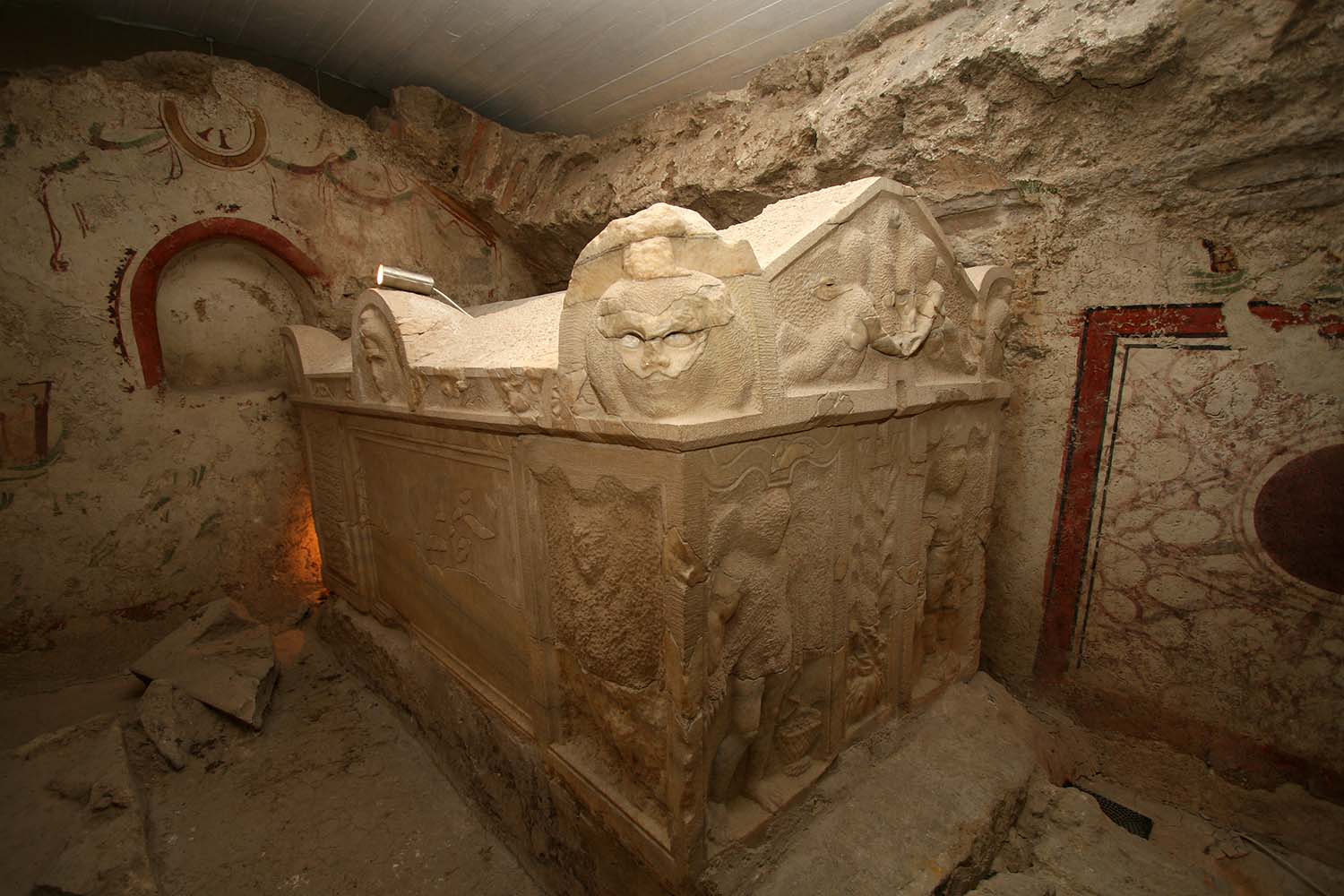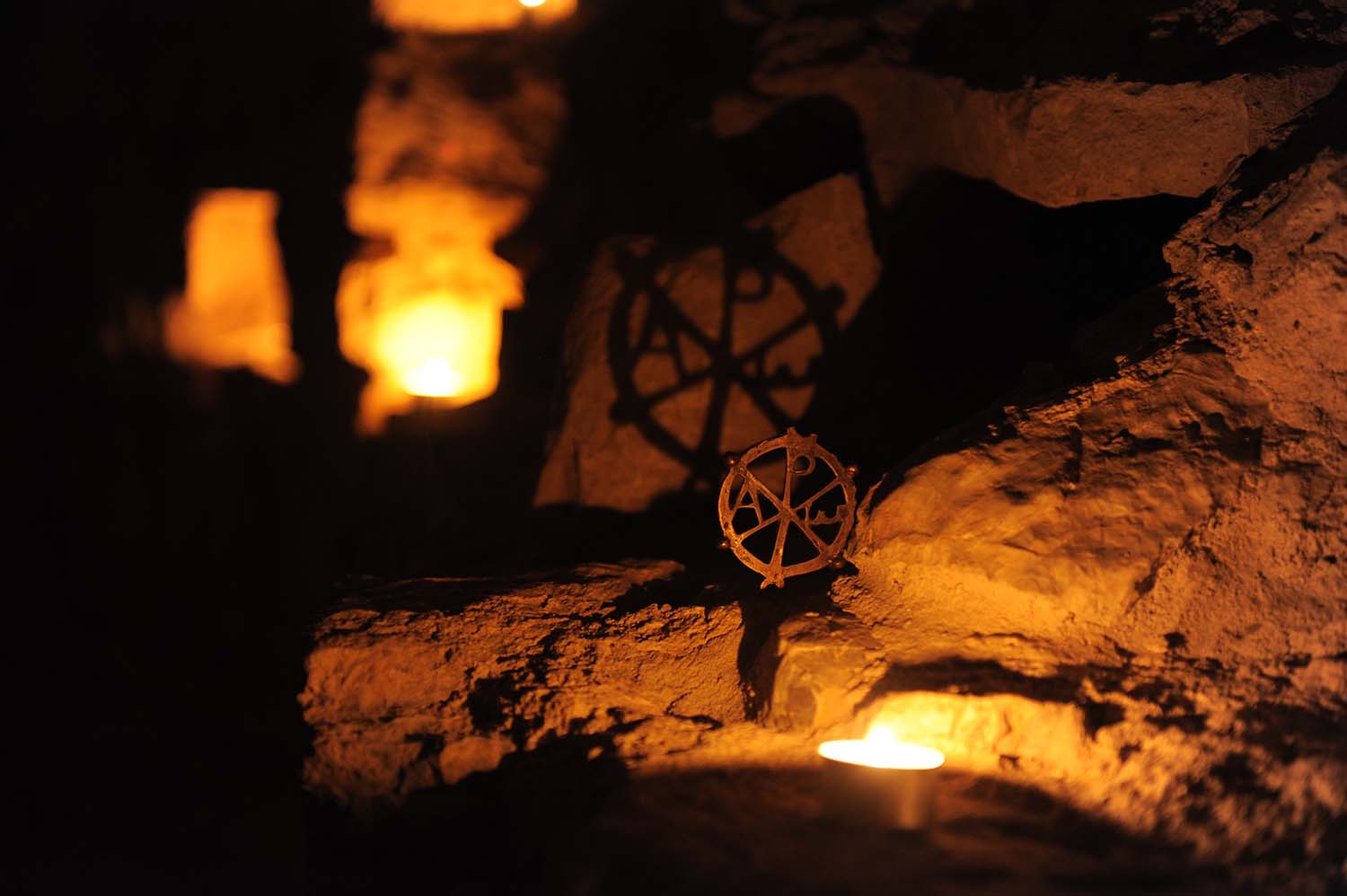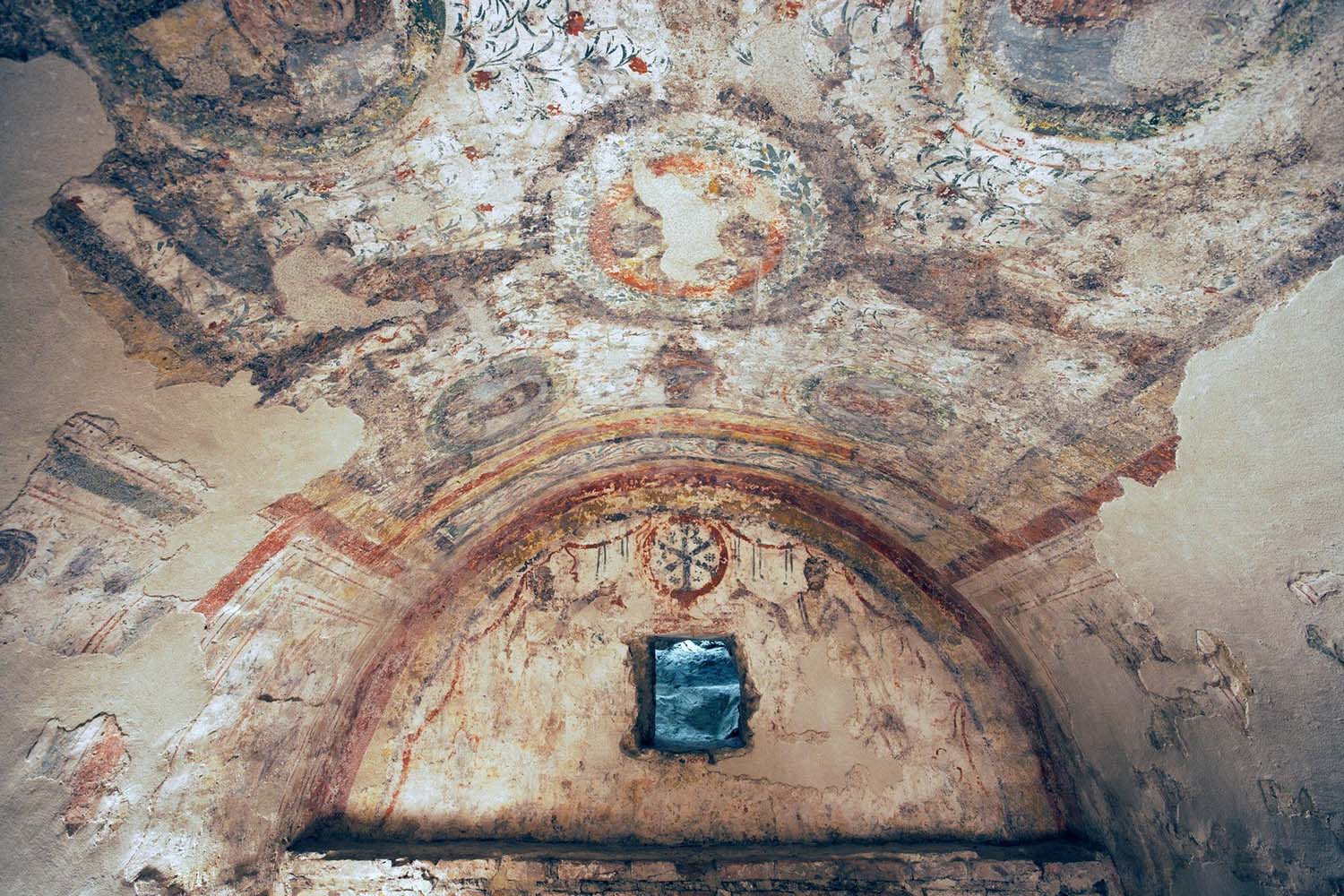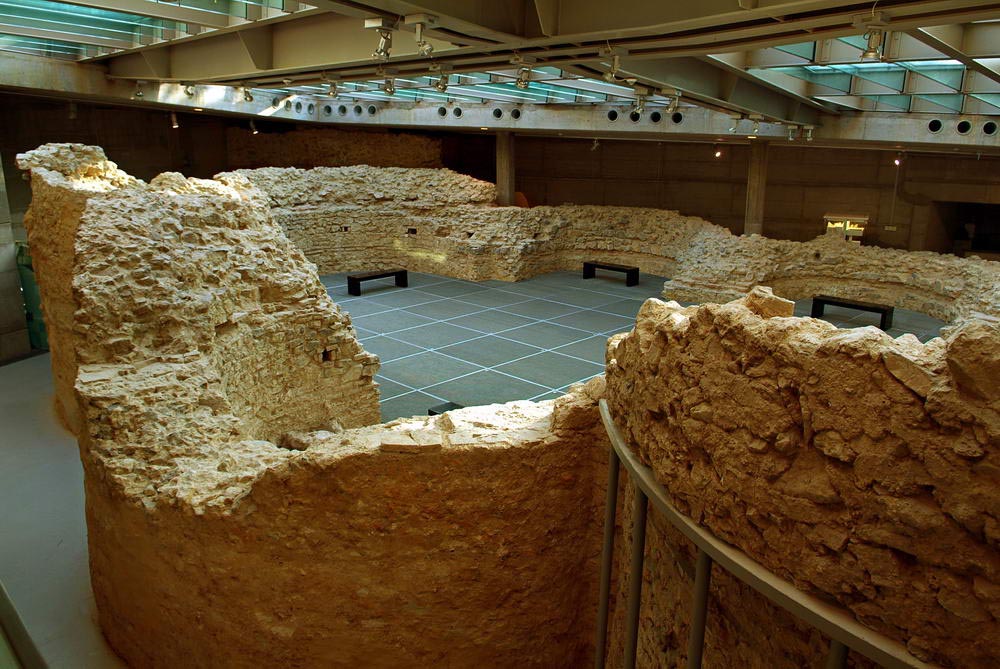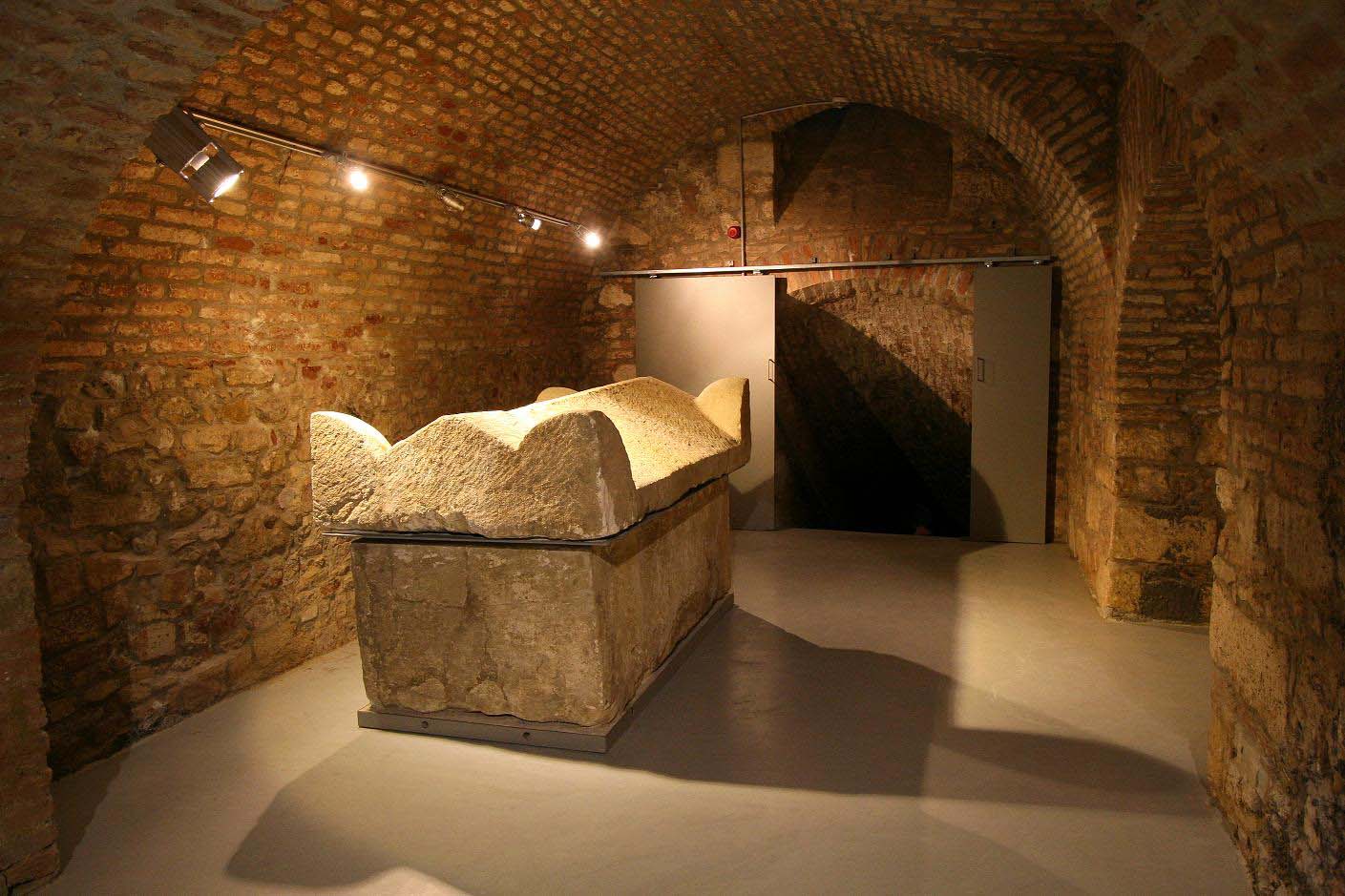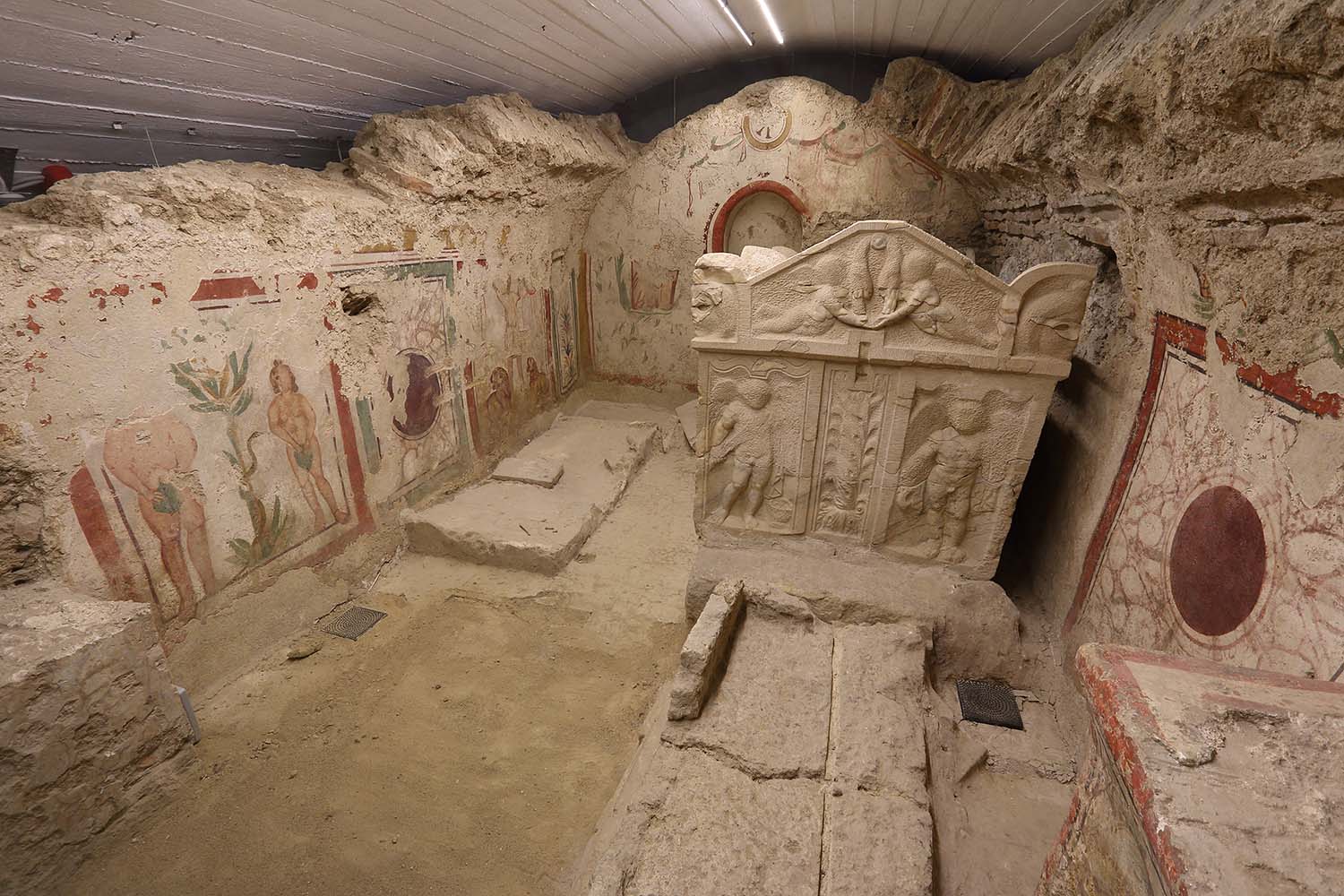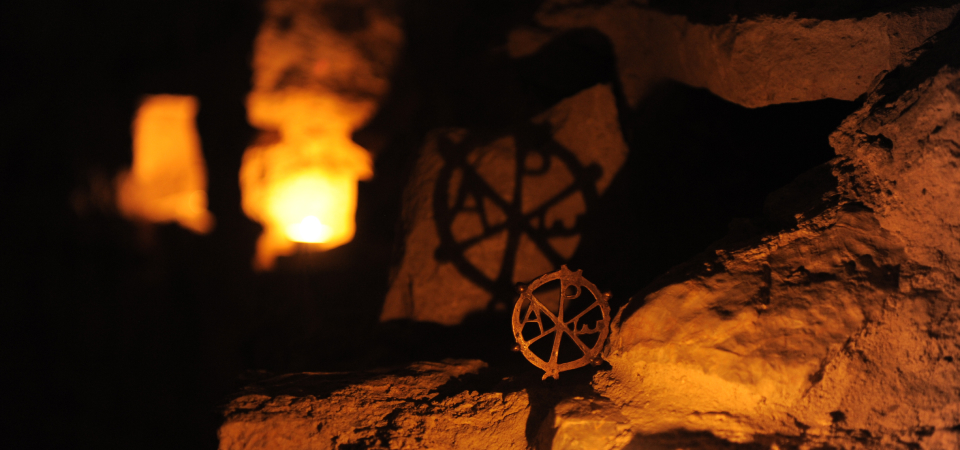
Early Christian Necropolis of Pécs (Sopianae)
Introduction
The UNESCO World Heritage Committee inscribed the World Heritage Site ‘Early Christian Necropolis of Pécs (Sopianae)’ on the World Heritage List in 2000, under the identification number 853rev, in the cultural heritage category. Part of the late Roman, (partly) early Christian northern necropolis of the Roman Pécs, former Sopianae has been awarded the World Heritage title for its archaeological and art historical outstanding values.
Gallery
About the Site
The Early Christian burial architecture and mural painting of the Northern and Western provinces of the Roman Empire are exceptionally fully illustrated and preserved by the excavated archaeological complex.
The 4th and 5th century Early Christian cemetery complex of Pécs (Sopianae) was unearthed during archaeological excavations that began 200 years ago and has been known to science ever since. From the discovery of chamber No. I uncovered in 1782 and depicting Peter and Paul, the tombs were numbered in the chronological order in which they were found. In the years following the award of the World Heritage title, during archaeological research the authentic archeological excavations of the previously known tombs and tomb structures were carried out, bringing to light a number of new monuments.
The Cella Septichora stands out with its 7 apse shape among the buildings of the Early Christian Necropolis excavated so far, which is almost unique in the architecture of the province. The World Heritage Site contains a large number, hundreds of brick tombs and dozens of smaller burial chambers made of stone and brick. The tombs, which serve as both burial places and venues of ceremonials, are two-storey structures, some of which are painted, their interiors are decorated with biblical scenes and early Christian symbols, which further raise the uniqueness of the monument complex and its cultural value of universal significance.
In addition to the most commonly used symbol, the monogram of Christ (Christogram), the biblical wall paintings also feature animal and floral ornaments and geometric decorations symbolising the Garden of Paradise. Besides Christian symbols, elements of the pagan art can be traced, as the two cultures coexisted and influenced each other.
In terms of size and richness, the building complex of the cemetery is the most significant among the remains of historic cemetery monuments outside Italy. In the late Roman cemeteries of the Northern and Western provinces of the Roman Empire, only a few sites were found with a significant number of stone burial buildings. The particular feature of this cemetery of Sopianae is the concentration of a considerable number of buildings of this funerary type, ranging from small-size family burial chambers to larger communal tombs and cemetery building structures.
The Cella Septichora Visitor Center, which showcases the burial chambers, mausolea of the early Christian cemetery beneath the ground, in their original location, opened its doors to visitors in March 2007. Now part of the world heritage, the late Roman tombs – that could previously only be visited one by one – are showcased in a single protective building complex.
The burial chamber of the Early Christian Mausoleum in the World Heritage Site contains a wall-painting depicting Adam and Eve, while the burial edificies in Apáca Street hide other groups of early Christian tombs.
Map
Map of the Early Christian cemetery of Pécs (Sopianae) World Heritage Site.

Outstanding Universal Value
Decision No. 37COM 8E contains the Outstanding Universal Value of the ‘Early Christian Necropolis of Pécs (Sopianae)’ World Heritage Site, adopted at the 2013 session of the UNESCO World Heritage Committee. According to the Committee’s Decision, the Outstanding Universal Values of the Site are the following:
A complex of underground ruins (painted tombs, chapels and mausoleums) excavated in the area of the ancient cemetery of Sopianae, a town in the Roman province of Pannonia, preserves the remains of Roman culture and civilization. The variety of tombs and mausoleums of different layout and type, arranged on several levels above each other, represent the richest architectural collection of the extant structures of the burial monuments in the Northern and Western Roman provinces. The artistic diversity of the richly decorated murals of outstanding quality depicting Christian themes is also part of the Outstanding Universal Value.
Attributes carrying the Outstanding Universal Value are religious historical values (early Christian symbols, outstanding sources of late Roman religious history in Pannonia, survival of the spirituality of the area), cultural historical values (architectural history values, monuments values, fine art values and the exceptional value created by the meeting of cultures), further landscape characteristics (the special relationship of architecture and landscape, the largest known early Christian necropolis), and the extraordinary values available to the public (burial chambers can be visited on the spot).
The inscription of the Site on the World Heritage List is confirmed by its compliance with criteria (iii) and (iv).
-
Criterion (iii)
The burial chambers and memorial chapels of the Sopianae cemetery bear outstanding testimony to the strength and faith of the Christian communities of the Late Roman Empire. -
Criterion (iv)
The unique Early Christian sepulchral art and architecture of the northern and western Roman provinces is exceptionally well and fully illustrated by the Sopianae cemetery at Pécs.
Contact
NÖF National Heritage Protection and Development Non-profit Ltd.
Address: H- 1113 Budapest, Daróczi út 3.
Postal address: 1113 Budapest, Daróczi út 3.
E-mail: vilagoroksegbudapest@nofnkft.hu
Phone: +36 70 527 3028
https://nof.hu/hu/
